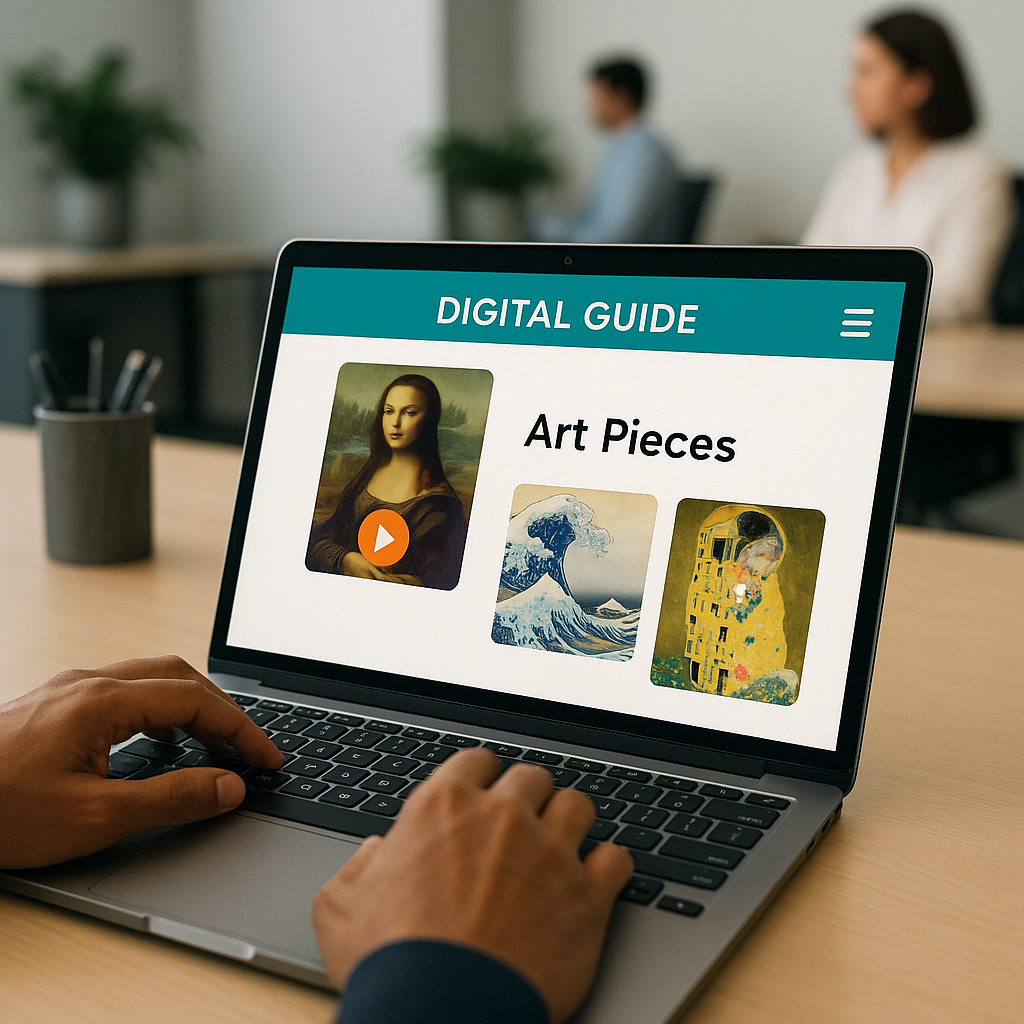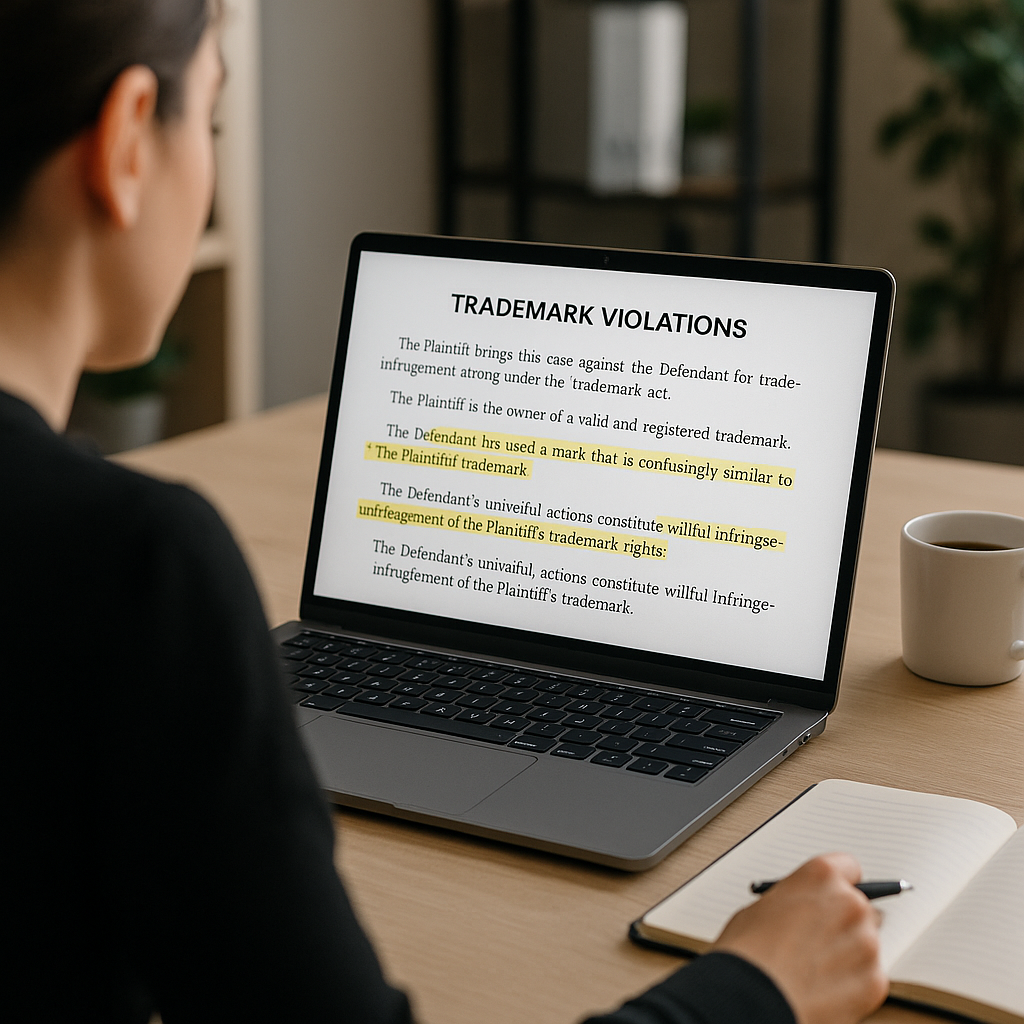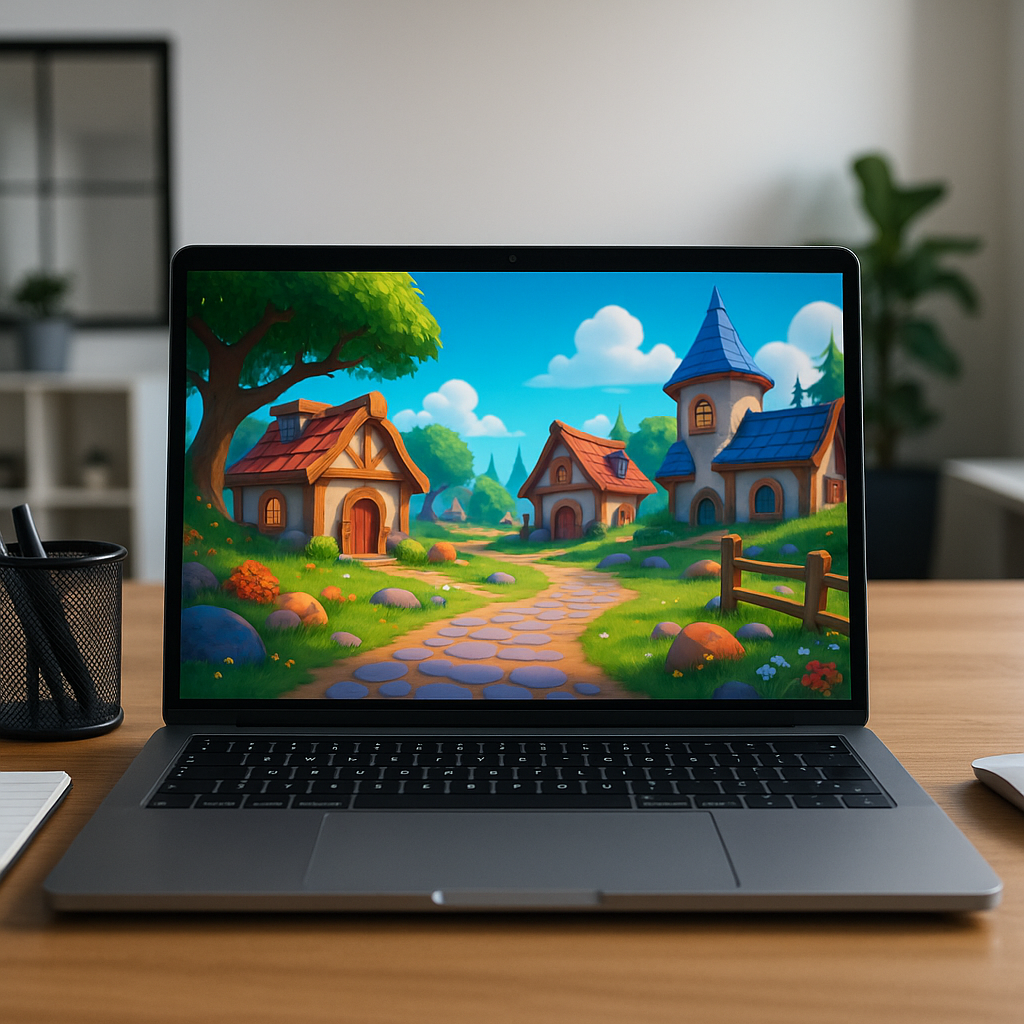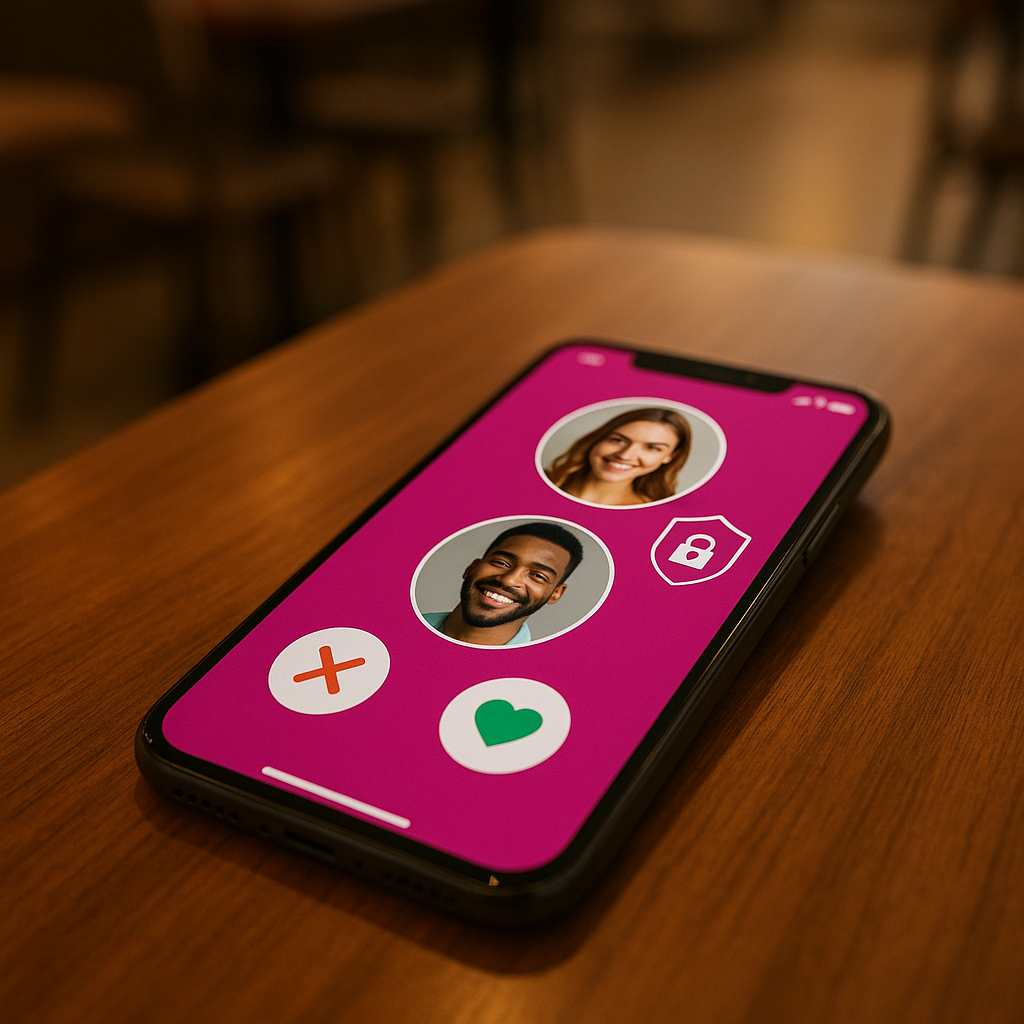# The Louvre’s Departure from the Nintendo 3DS: What This Means for Museum Visitors
As someone who enjoys exploring cultural treasures and art, I find that museums offer a unique glimpse into human history and creativity. They can also be quite overwhelming, especially when navigating vast spaces like the Louvre. Recently, I came across some news that the iconic Louvre Museum will stop renting out Nintendo 3DS audio guides starting in September 2025. For those who have used these innovative guides, this change might feel like the end of an era. This blog post will delve into the significance of this transition, what the future of audio guides at the Louvre might look like, and how emerging technologies could redefine our museum experiences.
## A Brief History of the Nintendo 3DS Audio Guide
The Louvre has made fascinating strides in enhancing visitor experiences since it introduced the Nintendo 3DS audio guide back in 2012. For just €6, art enthusiasts could rent a device that not only narrated the stories behind its esteemed exhibits but also featured high-resolution images. This was exemplified by Nintendo’s late president, Satoru Iwata, and legendary creator, Shigeru Miyamoto, demonstrating how the 3DS functioned as an interactive guide.
In its heyday, the 3DS audio guide supported multiple languages, catering to a diverse international audience, which reflects the Louvre’s commitment to inclusivity in sharing culture. One of the standout capabilities was its geolocation tracking, allowing users to navigate the impressive 782,910 square feet of the museum’s space without getting lost—a boon for those who may find themselves disoriented amid the numerous artworks.
## The Future of Audio Guides at the Louvre
While the announcement about the discontinuation of the 3DS audio guides might create a sense of nostalgia, it also opens the door for modern alternatives. With advancements in technology, the Louvre is likely to be looking for innovative solutions that not only maintain the user-friendliness of the Nintendo 3DS but also integrate more sophisticated features.
So, what might we expect from the new guides? Perhaps an app that could be downloaded directly onto smartphones, eliminating the need to rent a physical device? Imagine using augmented reality to enhance your museum visits—pointing your phone at a painting and instantly receiving expert commentary, historical context, and even animations that bring the art to life. This would not only make the experience engaging but also educational.
## Embracing New Technology in Museums
As technology evolves, museums across the globe are starting to embrace digital solutions to create immersive experiences. The potential benefits are multifaceted:
1. **Enhanced Interactivity**: Developments in AI and machine learning could allow for personalized tours based on users’ interests. Instead of listening to a standard script, visitors could engage in dialogue with an AI guide that adapts to their questions and preferences.
2. **Immediate Updates**: Digital guides can be updated easily, ensuring that all information, such as exhibit changes or new works, can be accurately conveyed to visitors in real-time.
3. **Inclusivity**: A shift towards more tech-based solutions can offer wider accessibility features, catering to those with disabilities, and creating multilingual options that allow everyone to enjoy the museum experience.
4. **Convenience**: A single device—our smartphones—can house numerous functionalities, from tickets to guides and even social sharing options, creating a streamlined experience for visitors.
## The Importance of Adapting to Change
Why does this shift from traditional audio guides to modern solutions matter for individuals and businesses alike? For museums, it is essential to stay relevant in an increasingly digital world. With more visitors relying on smartphones and mobile devices, adapting to these changes could enhance visitor satisfaction, increase attendance, and ultimately generate greater revenue.
On an individual level, embracing technological advancements allows us to experience cultural landmarks in new ways. It might lead to deeper engagements with the art and stories inside the museum while making it easier to navigate what can initially seem like a labyrinth of exhibits.
## Conclusion
The Louvre’s decision to discontinue the Nintendo 3DS audio guides signals a turning point in how we engage with art and history. While the nostalgia for the device will linger, I am excited about the possibilities that lie ahead. The integration of innovative technology could lead to a museum experience that is not only easier to navigate but also richer and more immersive.
As we look forward to the next chapter of audio guides at the Louvre and beyond, I understand the nuances involved in implementing these technologies. At Best Choice, we specialize in IT consulting and digital solutions, ensuring that cultural institutions like museums can successfully leverage technology to enhance the visitor experience. If you are part of a business looking to innovate or transform your approach, feel free to reach out to us. Together, we can explore how digital solutions can bring the culture to your audience in ways you’ve never imagined!





